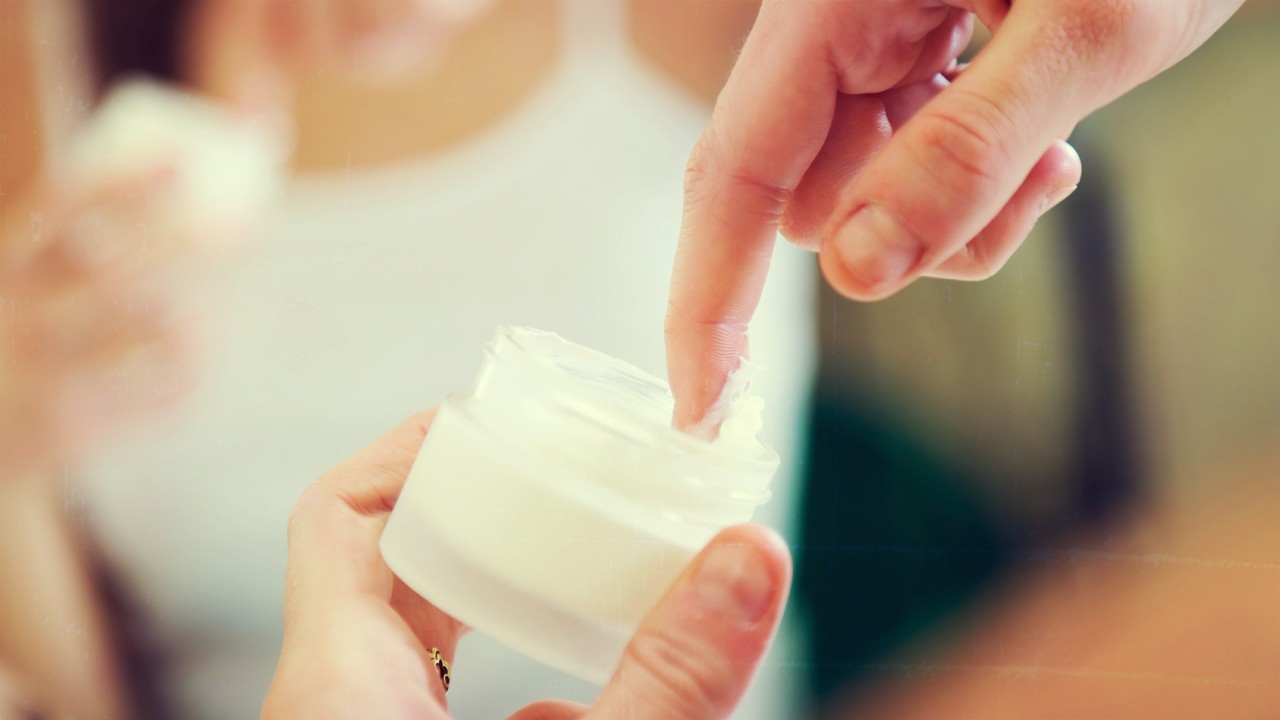There is a new wrinkle in how to educate young women about risks associated with sun tanning.
All sun tanning, but especially indoor tanning, is a habit that hikes the risk of melanoma, the deadliest form of skin cancer by 75 percent, so experts have been concerned how best to relay that message to teenagers and college-aged women. The number of women younger than 25 with skin cancer is now considered an epidemic.
It seems warning them that their skin will eventually look like an old football works.
According to a new study, the most effective way to convince teenagers and young adults to cut back on their tanning is to alert them that it will cause leathery, wrinkled skin.
“They’re not worried about skin cancer, but they do worry about getting wrinkled and being unattractive,” said June Robinson, a professor of dermatology at Northwestern University Feinberg School of Medicine and senior author of a May 17, 2010 paper in the Archives of Dermatology reporting the findings.
The study examined the best strategy to wean college-aged women who are considered addicted or pathological tanners from tanning salons.
“The fear of looking horrible trumped everything else,” Dr. Robinson said. “It was the most persuasive intervention, regardless of why they were going to tan.”
Between 25 to 40 percent of older adolescent girls visit tanning salons, according to the study's authors. They and other scientists link the rapidly rising rates of melanoma and other skin cancers in young women to tanning beds. A new 10 percent federal excise tax on indoor tanning will go into effect July 1, 2010 in an effort to discourage indoor tanning.
The research showed warning young women about the long-term effects on their appearance caused a 35 percent drop in their indoor tanning visits, which were measured at intervals up to six months after the intervention.
Joel Hillhouse, lead author of the paper and a professor of community health at East Tennessee State University, noted that some women in the study eventually stopped tanning altogether. "It was a progressive kind of thing," he said. "At first the women said they tried sunless tanning as an alternative, but over time they gave up tanning altogether."
The National Cancer Institute found that melanoma rates among Caucasian women aged 15 to 39 rose 50 percent between 1980 and 2004. The World Health Organization recently reclassified indoor tanning beds to its highest cancer risk category.
Lynette Summerill is an award-winning writer who lives in Scottsdale, Arizona. In addition to writing about cancer-related issues, she writes a blog, Nonsmoking Nation, which follows global tobacco news and events.






Add a CommentComments
There are no comments yet. Be the first one and get the conversation started!